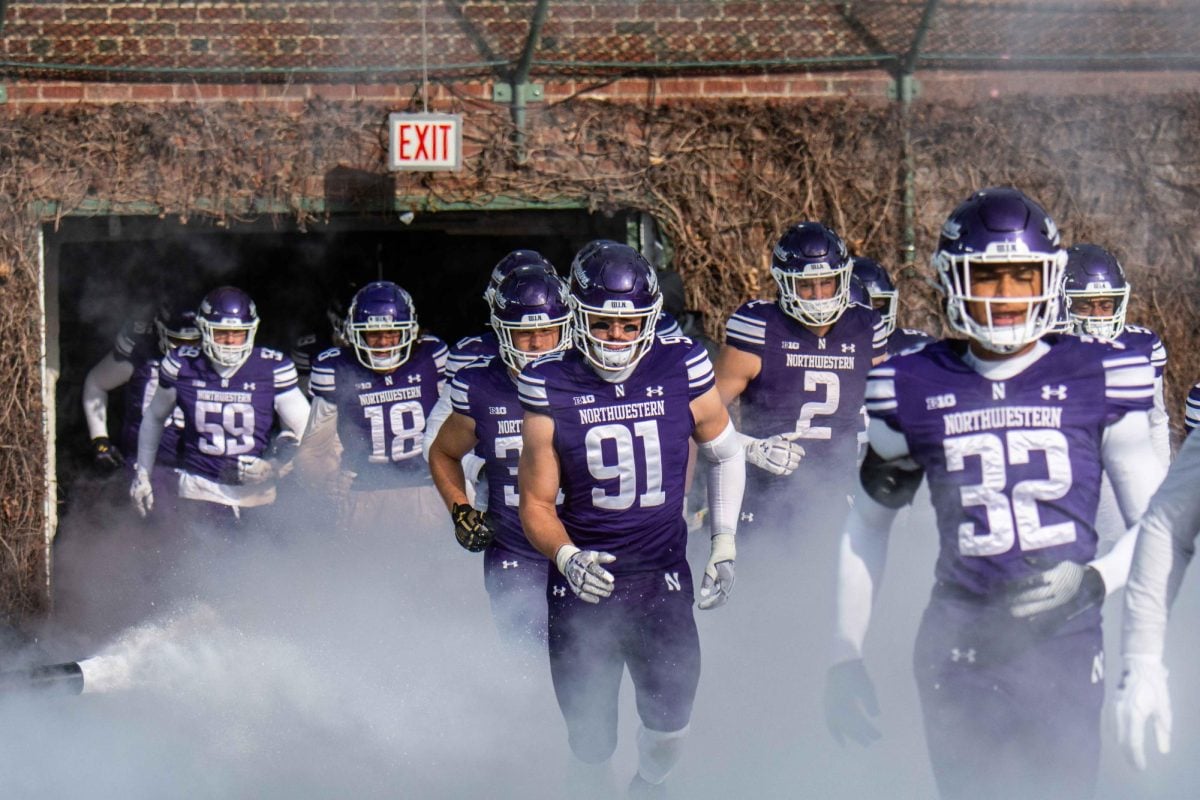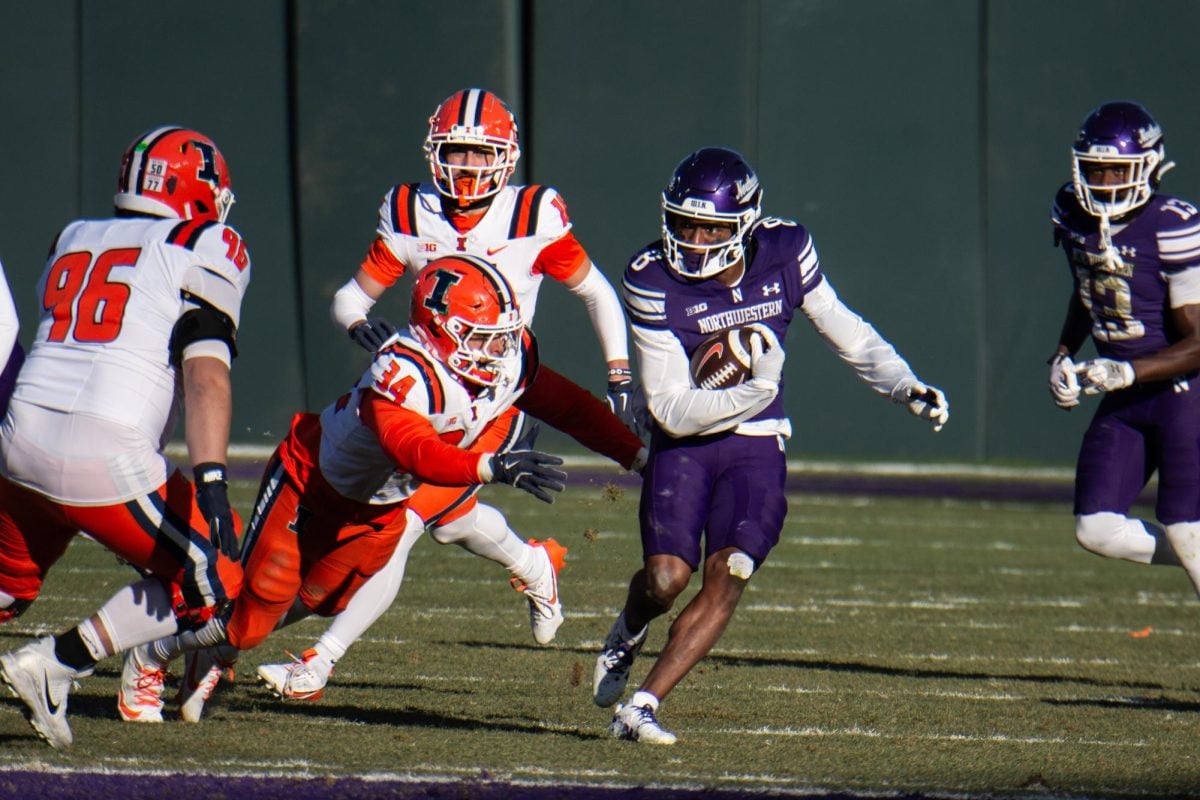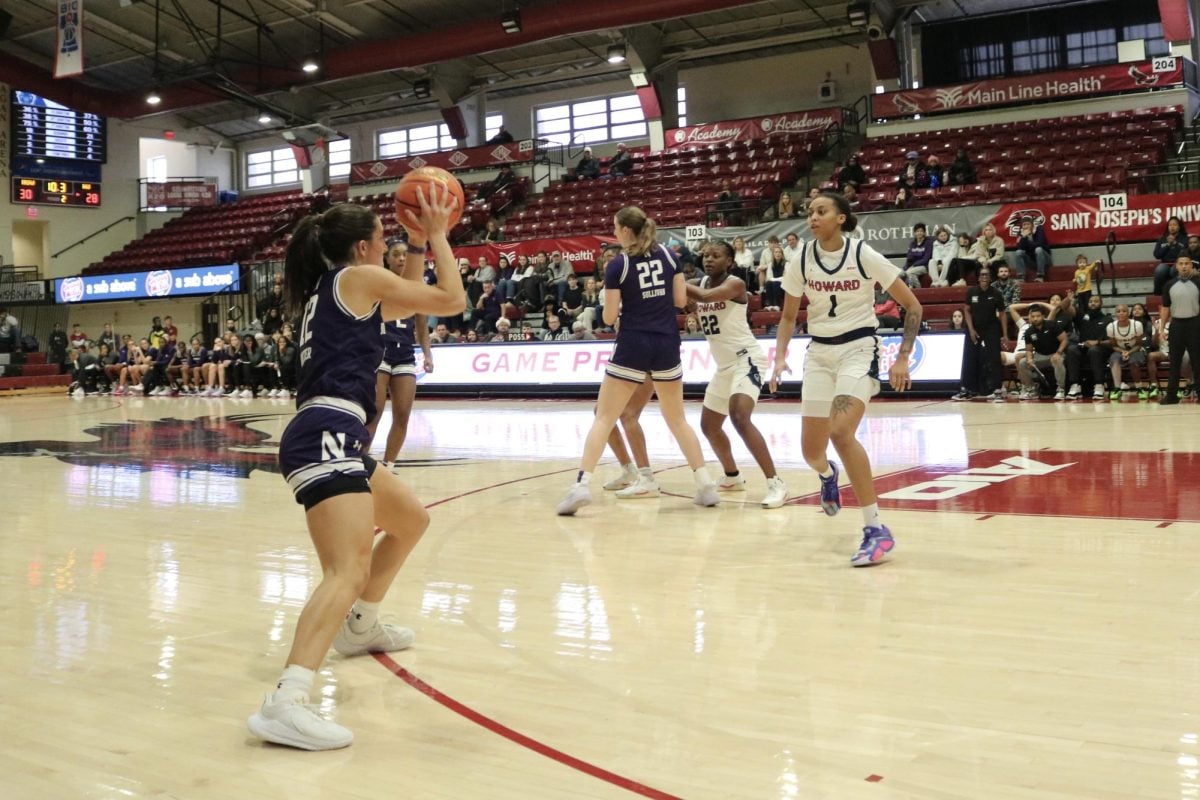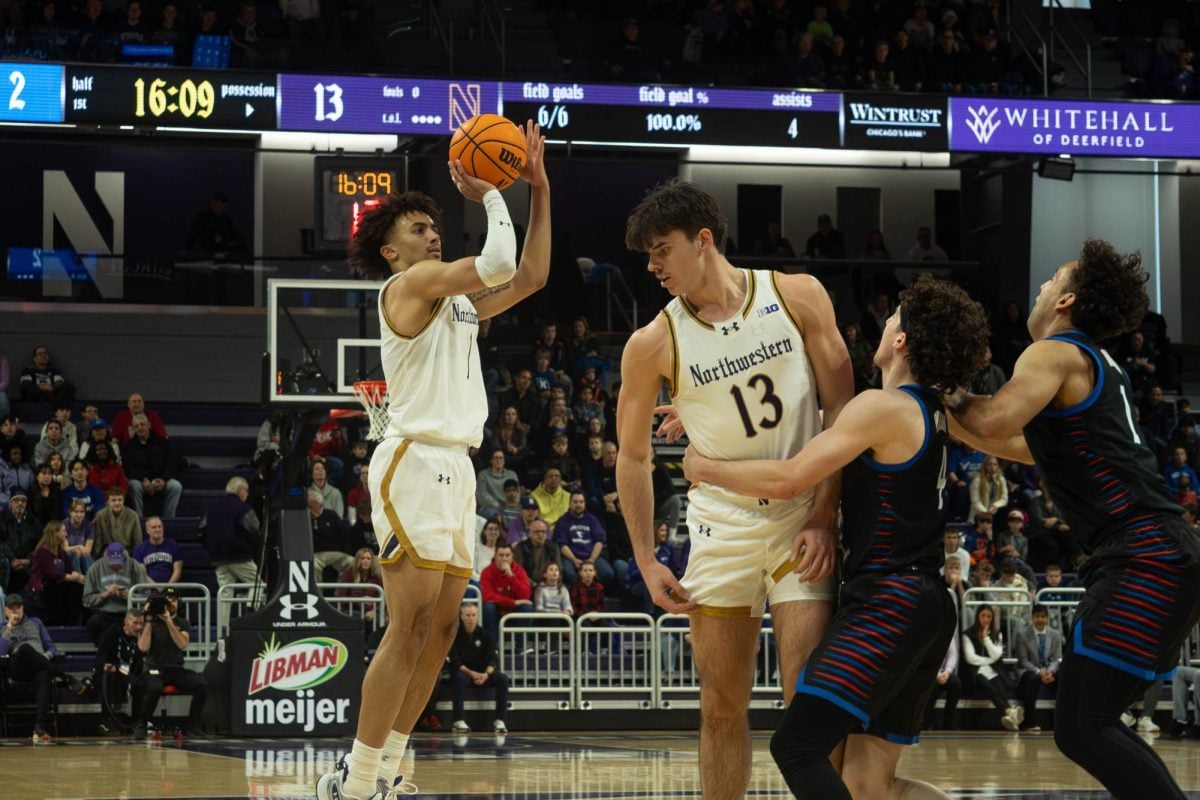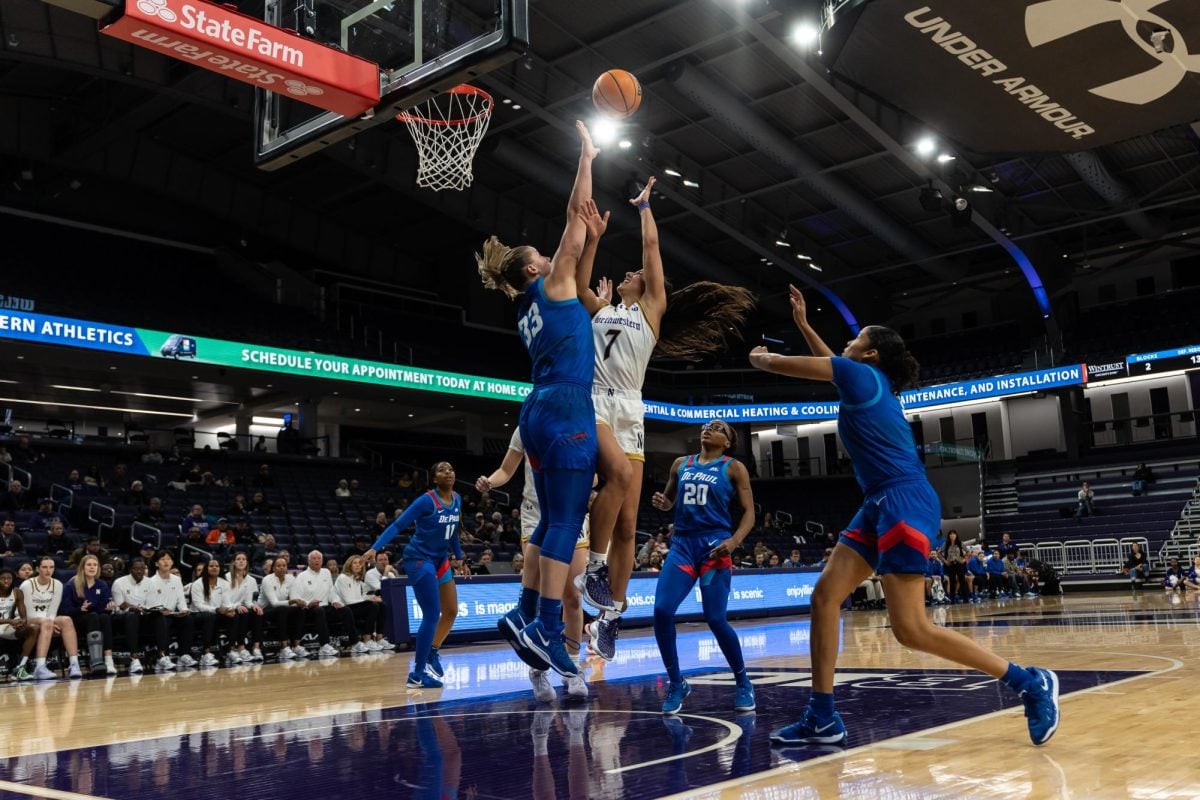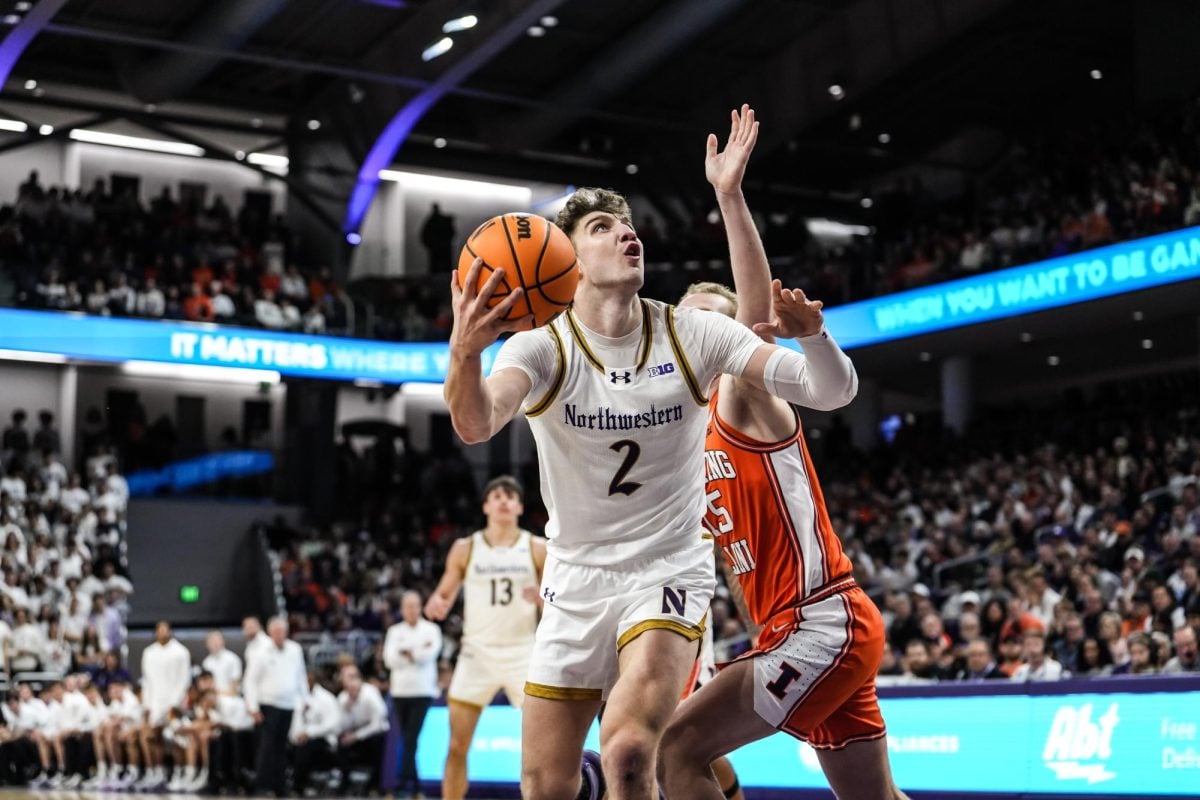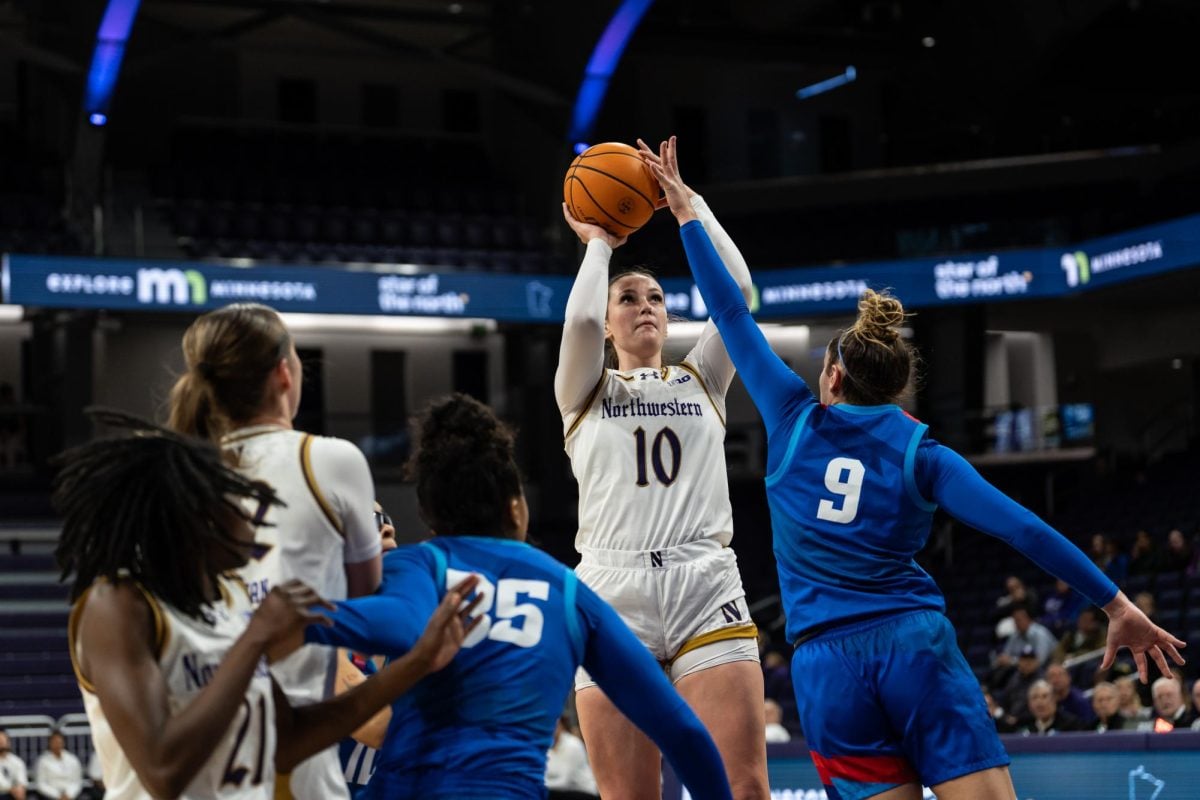While in Washington for a meeting with the Association of American Universities last month, University President Morton O. Schapiro’s son, Matt, called him about a story on ESPN.com.
Matt told him that, according to the article, the school presidents of the Big Ten would be meeting in Washington about the possible conference expansion. ESPN picked up a story from the Chicago Tribune that read, “Morton Schapiro and the other Big Ten presidents” had planned a secret meeting, Schapiro said.
“It’s so funny, I don’t know why they picked me,” Schapiro told The Daily. “He said, ‘Dad, they think you’re a real player. They must not know you.’ They certainly don’t know me.”
The article’s phrasing made it seem like Northwestern was the sole decision-maker as to who could be admitted to the Big Ten, Schapiro said. Of course this isn’t the case, but as one of 11 school presidents, or chancellors, in the conference, Schapiro’s vote carries some weight.
“As president of Northwestern, I’m in the middle of this thing that a lot of people seem to think is extraordinarily important to the future of college sports in this country,” he said.
Since its seven-member founding in 1896, the Big Ten has inducted an additional five members, with the latest addition of Penn State in 1990. The conference sits at 11 schools, as the University of Chicago, a charter member, bowed out in 1946.
The conference announced in a December press release that it was looking into the possibility of expansion, and set a 12- to 18-month timetable. Schapiro said he does not expect a decision to made soon, echoing words said last week by Big Ten Commissioner Jim Delany.
With this, it has been widely rumored the Big Ten could add as many as five schools-as many as it has added in its 114-year history.
“We’re doing this again, and we’re really making these decisions every 20 years,” Schapiro said. “We don’t want to blow this thing. We want to get it right.”
ACADEMICS
In the evaluation of potential candidates, the conference is not willing to compromise academics to add a “football factory,” ESPN.com writer Adam Rittenberg (Medill ’03) told The Daily.
“They’re not going to add a third-tier academic institution,” said Rittenberg, who writes ESPN.com’s “Big Ten Blog.” “It’s a big part of who the Big Ten is. There’s really no one outside of what people would consider the top tier of schools.”
As the decision to add any new members ultimately comes down to the approval of at least eight of 11 presidents, Rittenberg said that “you’ve got to figure academics are going to be a big part of it.”
Schapiro said academic issues are important, adding the Big Ten is the only conference in which all schools are members of the Association of American Universities. The organization, made up of 63 U.S. and Canadian universities, focuses on research funding and policy issues, according to the group’s website.
The AAU is open to new members by invitation only. The Georgia Institute of Technology became its newest member in April, though Rittenberg said a similar invite for the school to join the Big Ten is unlikely.
“Are you really going to extend yourself all the way to Atlanta for Georgia Tech?” he said.Other schools that have been mentioned as potential candidates, including Missouri, Nebraska and Rutgers, are also members of the AAU. Notre Dame, long considered a prize catch for the Big Ten, is not a part of the AAU.
“It’s funny because I think it’s very important, and yet I think it won’t matter,” said Teddy Greenstein (Medill ’94), a Chicago Tribune writer who covers Big Ten and NU athletics. “It won’t matter for Notre Dame.”
WHY EXPAND?
Greenstein said the predominant reason for expansion is possibility of increased revenue.
“Those are probably the first three reasons,” he said. “Lacrosse sticks don’t pay for themselves.”
Under the Big Ten’s revenue sharing system, each school receives about $22 million, Greenstein said. The Big Ten Network, which launched in 2007, has helped to bolster this revenue stream, he said.
Adding schools could possibly dilute the amount of money each school receives if they don’t bring in enough additional revenue.
“You know we’re in a great situation,” Schapiro said. “We’re the envy. We get the biggest check, the biggest exposure. So we better make sure if we’re going to expand it’s going to help us all.”
Rittenberg said NU likely has benefited the most from the system. As a smaller school, he said, NU would “get the short end of the stick” in a conference with inequitable revenue sharing, such as the Big 12.
“Even though (expansion) might make it a tougher league-competition wise … Northwestern needs to look at it very closely.”
WHO COULD JOIN?
This inequitable system in the Big 12 might provide motivation for members to bail for the Big Ten, Rittenberg said. He particularly noted Nebraska, whose prominence in the Big 12 is not quite what it was in the former Big Eight Conference, he said.
“Why would you want to stay when Texas is getting such a big cut of it?” he said.Texas has been the subject of a rumored courtship by the Big Ten, particularly after Delany said last week the national population shift to the South was a major part of their expansion study.
While Rittenberg said “you’d have to be crazy” to not consider adding Texas, Greenstein said he doesn’t see the Longhorns leaving the Big 12 and emphasized their distance from the rest of the Big Ten.
Other schools mentioned as possible candidates include Syracuse, Pittsburgh and Connecticut.
Notre Dame turned down an invitation to join the Big Ten in 1999, according to a recent article from Sports Illustrated. Rittenberg said it would be tough to attract Notre Dame, as reports from multiple outlets have said it wants to maintain its independent status for football. The school is a member of the Big East Conference for most other sports.
“Notre Dame is just totally conflicted, but with Notre Dame they’ve got something so special with independence,” Greenstein said. “If their big money donors are not on board with joining the Big Ten, that’s where the conversation ends.”
Though Schapiro said it’s possible the Big Ten could choose to not add any new members, both Rittenberg and Greenstein said they saw this as unlikely.
WHAT DOES IT MEAN FOR NU?
The attention on the possibility of expansion has been “tremendous,” Schapiro said. At an alumni event in Washington last Tuesday night, he said the first question regarded whether Notre Dame would join the Big Ten.
“It really helps Northwestern,” he said. “The fact that … many people seem obsessed about this expansion thing is the best free publicity you could ever get.”
Schapiro said Delany asked Big Ten presidents and athletic directors to not speak publicly about adding schools. NU Athletic Director Jim Phillips declined to comment on expansion.
“I know I’m supposed to just say ‘no comment,’ but I’m not going to just say that at an alumni event,” Schapiro said. “I’m going to go as close as I can before crossing the line because I respect that we’ve agreed not to talk about it.”
Tyris Jones, a sophomore running back on NU’s football team, said players haven’t been put on a similar gag order. He said he hadn’t given it much thought, but he said “the possibility of expansion is definitely a great one.”
“The better the competition, the better the play … the better we look nationally,” Jones said. “From a player standpoint, it’d be exciting to play a team that we wouldn’t have an opportunity to play during a regular year.”
Though he said he didn’t see the big deal about expansion, freshman Arby Fields, a centerfielder on NU’s baseball team and running back on the football team, said he wouldn’t mind taking on Notre Dame every year.
“I feel like if we had an Oklahom
a or a Notre Dame … playing those teams and beating those teams, which we feel like we’re capable of doing, that’ll be big for us,” he said.
The last six months have been quite a whirlwind for the Big Ten, sweeping up the conference to the national spotlight. Schapiro said he didn’t mind the attention.
“Just keep this rumor going,” he said. “The attention at Northwestern has been unbelievable.”[email protected]
